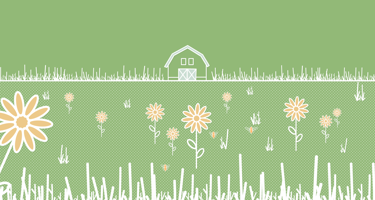
Grasslands do not only provide nutritious feed for the dairy cows and benefit a fertile soil but are also considered to have the potential to play a key role in greenhouse gas mitigation, particularly in terms of carbon sequestration. Carbon sequestration is not yet included in the calculations in Arla’s Climate Checks, however the management of grassland is already in focus as a lever to reduce the carbon footprint.
58 per cent of the total hectares that Arla farmers are responsible for are grassland. Around half of these are grassland in rotation, which means that every third or fourth year other crops are grown on the land. Grasslands in rotation are typically mixtures between grasses and clover providing natural fertilizers for the next crops in the rotation.
Half of the grasslands are permanent, which means they have been out of crop rotation for more than five years. Permanent grasslands are not only valuable for carbon storage but also for soil fertility and for stopping soil erosion, which are alle helpful in adapting to climate change.
32 per cent of the permanent grasslands are semi-natural extensive grasslands that become ecosystems that include wild plants and fungi, boost pollinators and create landscape values.